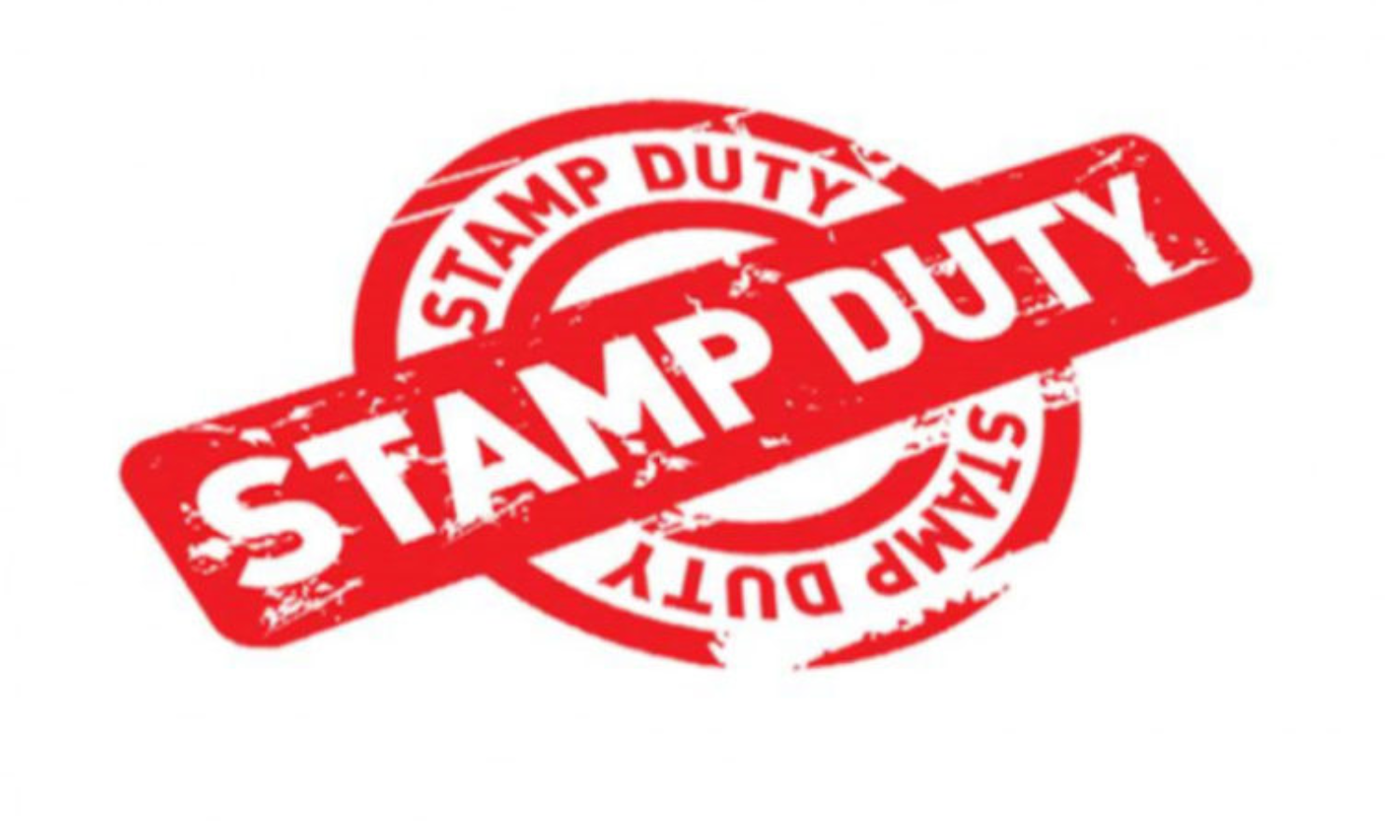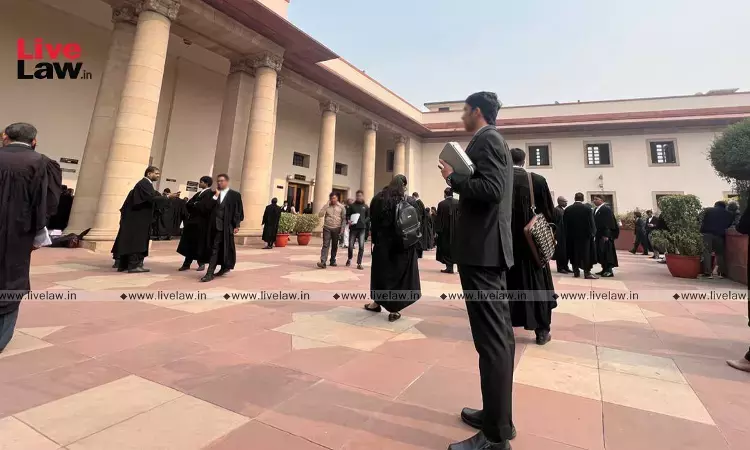
Circle rates notified by the State Government perform a very important function in the process of recovery of Stamp duty leviable on documents presented for registration. The fixation of a circle rate affords a ready reckoner to the process of valuation of immovable properties, introduces transparency and reduces the scope for exercise of discretion by the registering authority....
Circle rates notified by the State Government perform a very important function in the process of recovery of Stamp duty leviable on documents presented for registration. The fixation of a circle rate affords a ready reckoner to the process of valuation of immovable properties, introduces transparency and reduces the scope for exercise of discretion by the registering authority. The notification of a circle rate which is the product of a very detailed exercise has become an accepted norm in the valuation of property transactions and the consequent levy of stamp duty, thereon. Executants are required to and by and large do use the notified circle rate as a yardstick of valuation of the transaction.
However, a recent judgment delivered by the Delhi High Court[1] has cast a shadow of doubt over the efficacy of circle rates to perform the said role (i.e. affording a yardstick for determination of the true and genuine value of immovable properties), by virtually shifting the burden of establishing that the consideration set out in a sale deed qua immoveable property is undervalued, on to the revenue authorities. This judgment effectively affords a license to the executants of a transaction, to fix any consideration as per their whims, even if it be below the circle rate notified for the area. The Revenue is then left with the option of either registering the transaction on the basis of the value mentioned in the contract of sale or lead evidence to establish that the valuation is not genuine and is an intentional and wrongful undervaluation, aimed at evading payment of stamp duty. It will be my attempt to argue that, this interpretation of the extant statutory provisions, is incorrect and is contrary to the spirit and intent of the legislative presumption, namely that, the circle rate notified by the State Government, is valid and binding, leaving it open to the executants, to lead evidence to establish that they are entitled to value the transaction below the notified circle rate. The judgment has also lost sight of both the purpose for and the process of notification of circle rates.
The Purpose of fixation
Circle rates are fixed in order to curb the menace of undervaluation of properties to avoid payment of appropriate ad valorem stamp duty. Such under valuation indisputably affects the economy. Circle rates enable registering authorities to detect undervaluation which is detrimental to the collection of revenue. Circle rates serve as a ready reckoner for registering authorities with regard to the value of the property and determine, whether it has been truthfully set forth in the instrument/document sought to be registered.
In Amit Gupta v. Government of NCT of Delhi[2], the Court held that the purpose of introduction of circle rates for each locality was "to enable the Registering Officer to know the valuation of the properties and to detect undervaluation to the detriment of public revenue through levy of stamp duty. The circle rates serve as the indice available to the Registering Officer to have the reason to believe that the value of the property has not been truly set forth in the instrument."
In Manu Narang v Lt. Governor, NCT of Delhi[3], it was held that where the consideration mentioned in the document present for registration is less that the circle rate prescribed, the registering authority is required to notify the parties presenting the instrument/document for registration that the consideration set forth in the instrument and the stamp duty computed on the basis thereof is less than the valuation as per the circle rates, provide an opportunity to them to amend the document/instrument so as to bring the valuation thereof for the purpose of payment of stamp duty, in consonance with the circle rates and make up deficiency in stamp duty. However, if parties do not amend/revise the valuation and do not pay the deficient stamp duty/transfer duty in terms of the circle rates, follow the procedure as prescribed under Section 47-A supra i.e. register the document/instrument (instead of returning the same to the parties) with endorsement of registration and forward the same to the Collector of Stamps for determination of value or consideration as the case may be and the proper duty payable thereon; and D) the Collector thereafter shall proceed in accordance with law including Section 27 of the Stamp Act.
The Supreme Court in State of Haryana v Manoj Kumar[4] while expressing its disagreement with the view of the High Court, was at pains to highlight the extremely deleterious consequences that would ensue if the registering authority is to be bound by the valuation set forth in the document. It was observed that, if the genuineness of the sale price entered into by the buyer and the seller cannot be questioned, then in majority of the cases it is unlikely that the State would ever receive the stamp duty according to the circle rate or the collector rate.
The Process of fixation
The notification of circle rates is preceded by a detailed and in depth statutory exercise. In terms of Rule 4 of the 2007 Rules[5] which have been framed in exercise of power conferred on State Governments under Section 75 of the Stamp Act, the circle rates are fixed after the Deputy Commissioner of each District has undertaken the prescribed exercise of valuation of the various categories of immovable properties, in consultation with the concerned stake holders, such as, the MCD, NDMC, Cantonment Board, DDA, L&DO, such other land owning authorities of the Government of India and the Government of National Capital Territory of Delhi. Prior to notification, the circle rates are placed in public domain for fifteen days to enable the public at large to raise objections / suggestions thereon. It is only after a decision has been taken on the objections / suggestions so received, that the circle rates are notified.
The legislative intent as evident from Section 27 of the Indian Stamp Act, 1899, is that, mandates parties to any transaction, to set out fully and truly, the consideration and all other factors affecting the levy of duty. Therefore, indisputably the onus squarely falls upon the executants to mention the true and genuine value in the document sought to be registered. Section 64 visits a fine on persons found to have violated Section 27. Therefore, the binding nature of the obligation imposed on the executants to be fair and truthful, is beyond any iota of doubt.
In terms of Section 47A (1) once the registering authority forms an opinion that the correct value has not been reflected, he is authorised to impound the document, register it and refer it to the Collector for determination of the correct value. The opinion in question is formed by the Registering Authority on the basis of the notified circle rate and not de hors thereof. Under Section 47A (2) the Collector while conducting the inquiry is required to afford an opportunity to the parties concerned to justify the valuation propounded by them. Even in this inquiry the Collector is to proceed treating the circle rate as the governing an applicable yardstick of assessment and the onus is squarely on the party disputing it to lead evidence to get it ignored.
The Supreme Court in Ramesh Chand Bansal & Ors. v. District Magistrate/ Collector Ghaziabad & Ors. (1999) 5 SCC 62, has clarified that stamp duty on sale deeds is chargeable on the actual market value of the property and not on the value described in the instrument. It has been opined that Section 27, as amended by the Indian Stamp (Delhi Second Amendment) Act, 2001, casts a responsibility on the executants to fully and truly set out the consideration and market value and all other factors affecting the levy of duty. Any person intentionally contravening the provisions of Section 27 is liable for prosecution under Section 64 of the Stamp Act.
C.T. APPARELS- An apparent error
A division bench of the Delhi High Court has while upholding a judgment of a Single Judge held in its judgment in C.T. Apparels Ltd.[6] has imposed an obligation on the Collector of Stamps to make an enquiry for determining the value of the property on the date of the transfer. Although it is a settled proposition of law, that, the circle rate affords a guideline value and is not sacrosanct[7], the High Court has erred in reducing the purpose of fixation of the circle rate to an empty formality and virtually rendering it a dead letter, by requiring the Collector to perform the task of justifying the circle rate on each and every occasion a transaction is sought to executed at a lower value. All that parties intending to reduce their obligation to pay the requisite stamp duty, are required to do is, to dispute the circle rate and the obligation of the Collector to conduct the enquiry gets triggered and the circle rate is put under a cloud of doubt. The parties are not even required to produce any prima facie material to justify their valuation.
Conceded that in recent times, with the slump in real estate valuation, in certain areas, the prices of property might have travelled south of the notified circle rates, yet to dilute its role as a genuine pre estimated yardstick of valuation, militates against the objective of plugging leakage of public revenue.
Therefore, to hold that circle rates, as a yardstick of assessment of stamp duty lose their efficacy merely because executants may propound a lower valuation, even without assailing the circle rates itself, would in my view be doing violence to the statutory scheme apart from running contrary to the legislative intent. The High Court has lost sight of the fact that circle rates which are notified consequent to a painstaking process, as discussed above, and are designed as an antidote to the menace of leakage of public revenue, must be accorded due importance and cannot be brushed aside lightly or ignored, as has been done in C.T. Apparels.
[1] Govt. of NCT of Delhi v C.T. Apparels Ltd - Judgment dated 15th November 2019 in LPA 278 of 2019 [hereinafter 'C.T. Apparels Ltd.'].
[2] (2016) 229 DLT 385
[3] (2016) 226 DLT 1
[4] (2010) 4 SCC 350
[5] Delhi Stamp (Prevention of Under-valuation of Instruments) Rules, 2007
[6] Supra n.1
[7] Rule 4, Delhi Stamp (Prevention of Under-valuation of Instruments) Rules, 2007




